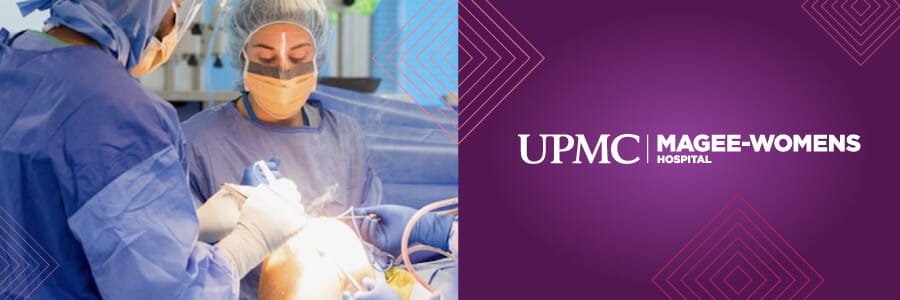Center for Bone and Joint Health
Provider Materials
THE PROBLEM
The Centers for Disease Control and Prevention estimates cases of arthritis will increase by 49% between 2010 and 2040.
Many people live with musculoskeletal conditions for years and only seek help when pain begins to jeopardize their quality of life. The group most keenly affected by these “silent diseases” is women from underserved communities, who may delay care and miss the opportunity to get early treatment.
Providers play a key role in connecting patients to the right resources for their bone and joint health.
Educational Materials for
Provider Offices
Developed at the Center for Bone and Joint Health, these informational materials help patients gain a better understanding of where their bone and joint health stands and what they can do to take action.
Download and print copies to distribute at your office.
Arthritis and osteoporosis are two of the biggest challenges to bone and joint health. Women share a disproportionate burden of these common and costly conditions.
Learn more about women’s bone and joint health across the lifespan and what patients can do to take action for your bone and joint health now.
Getting adequate nutrition is an important way that we care for our bone and joint health. Calcium and Vitamin D are critical pieces of the bone health picture. How much do you know about Calcium and Vitamin D?
Did You Know?
Only about 6% of orthopaedic surgeons are women, and the number of women with adult reconstruction training as an area of sub-specialization is even less (<1%).
Supporting the increased inclusion and advancement of women in orthopaedics, specifically adult reconstruction surgery, must also factor into the larger strategy to reduce health disparities.



